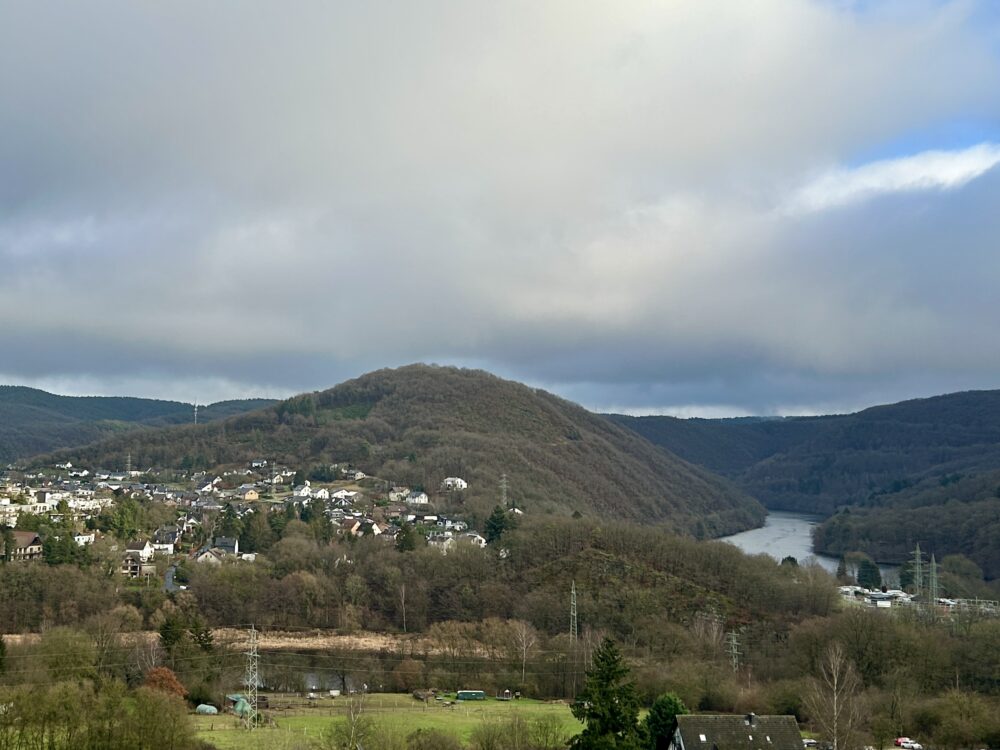Madeira, a stunning island in the Atlantic Ocean, is known for its breathtaking landscapes and diverse microclimates. However, the island’s hydrography presents unique challenges and opportunities that have shaped its history and development.
The Dry South and Rainy North
The island’s topography plays a crucial role in its climate. The northern part of Madeira is lush and green, receiving frequent rainfall due to the northeasterly trade winds that bring moisture-laden air from the ocean. As this air rises over the central mountain range, it cools and condenses, leading to increased rainfall on the northern slopes. In contrast, the southern part of the island is much drier, with arid landscapes and limited rainfall.
The Levadas: A Lifeline for the South
To address the water scarcity in the south, the islanders constructed an intricate network of irrigation channels known as levadas. These man-made channels, dating back to the 16th century, were designed to transport water from the water-rich north to the drier southern regions. The levadas not only provide essential irrigation for agriculture but also offer picturesque walking paths for visitors to explore the island’s natural beauty.
Heavy Rain and the City of Funchal
Despite the benefits of the levadas, heavy rainfall can create complicated situations, especially in the capital city of Funchal. The city’s location at the base of the mountains means that rainwater from the hills can quickly flow into the urban areas, causing potential flooding. To mitigate this, the city has designed wide water lines that can cope with even the heaviest rains. These measures have proven effective, as seen during recent storms when the redesigned streams (ribeiras) successfully prevented flooding in the streets of Funchal.
Major Floods and Their Aftermath
In recent years, Madeira has experienced several major floods that have caused significant damage. One of the most devastating events was the Storm Oscar in June 2023, which brought heavy rainfall, flash floods, and landslides to the island. The storm caused widespread damage, including the collapse of a house roof and the cancellation of numerous flights. In response, the regional authorities have implemented various measures to improve flood management and protect the island’s residents.
Changes and Improvements
Following the recent floods, significant changes have been made to enhance the island’s resilience to natural disasters. These include the redesign of water lines, improved drainage systems, and the construction of new levadas to better manage water flow. These efforts aim to ensure that Madeira can withstand future heavy rains and protect its communities from the devastating effects of flooding.
Madeira’s water system and hydrography are a testament to human ingenuity and adaptability. The island’s unique challenges have led to innovative solutions that sustain its agriculture and also protect its people from nature’s fury.
#MadeiraIsland #Hydrography #Levadas #FloodPrevention #NatureVsHumanity













